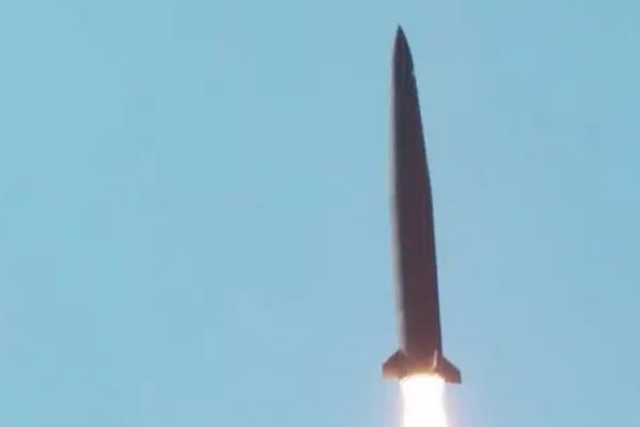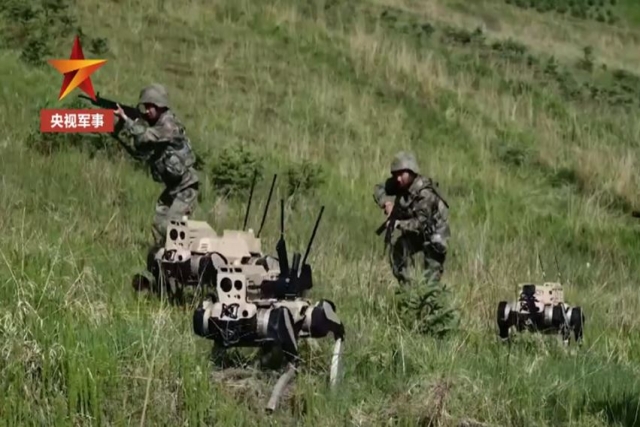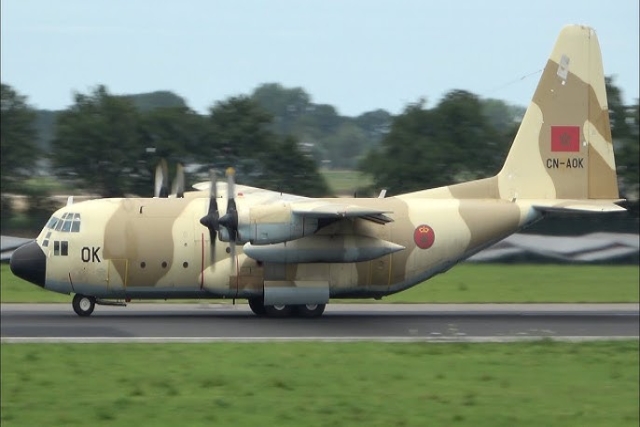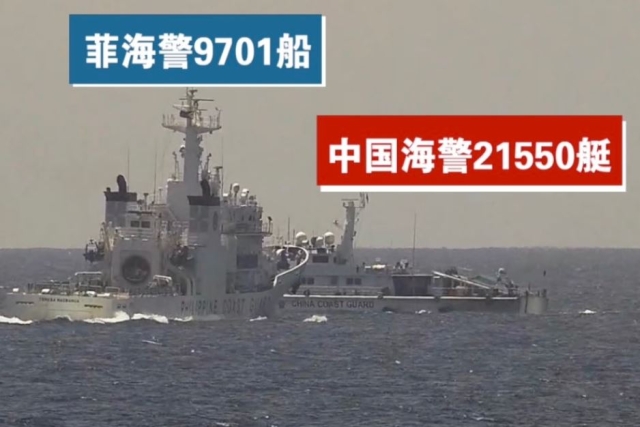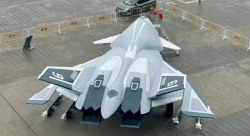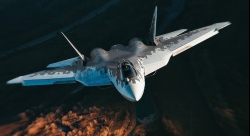South Korea Unveils New Supersonic Air-Launched Anti-Ship Missile at 2024 Sacheon Airshow
Designed for high- and low-altitude flight, the missile enhances the strike capabilities of the FA-50 light combat aircraft and the KF-21 Boramae fighter.

South Korea has unveiled a full-scale model of its new supersonic air-launched anti-ship missile, the "Air-to-Ship Guided Missile-II," at the 2024 Sacheon Airshow.
Developed by the Agency for Defense Development (ADD) since 2022, the missile is slated for completion by 2026.
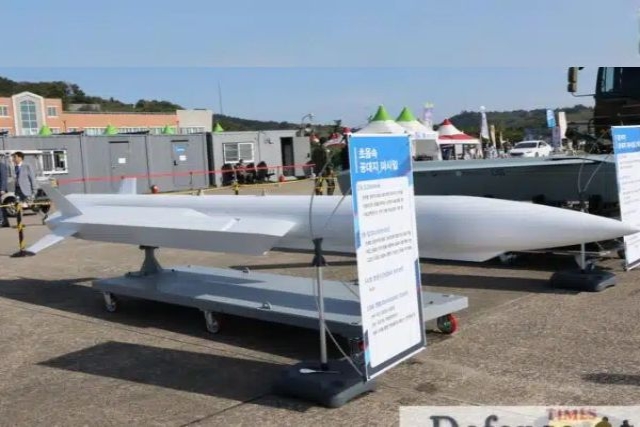
Designed for high- and low-altitude flight, the missile enhances the strike capabilities of the FA-50 light combat aircraft and the KF-21 Boramae fighter.
Capable of reaching Mach 2.5 (around 3,000 km/h), it offers a significant advantage over slower cruise missiles by reducing the enemy's reaction time. With a range exceeding 300 km, the missile can precisely target both maritime and land-based threats

The missile's ducted ramjet propulsion system draws in atmospheric air, eliminating the need for an oxidizer and allowing for longer combustion and higher speeds than standard jet engines, all while maintaining a simpler structure.
This ensures stability during high maneuverability and rapid acceleration, and the missile's performance is similar to France’s ASMPA Air-to-Ground Medium-Range Strategic Missile.
Featuring a modular design, the missile can switch between air-to-ground and air-to-ship roles, enhancing its versatility. It is equipped with a dual seeker system (radar and electro-optical/infrared), ensuring precise targeting in various weather conditions.
The prototype unveiled is designed for drop and flight tests, mirroring the final missile's dimensions and weight. These tests will refine the missile before full production, similar to the testing process for South Korea's Cheonryong Air-Launched Cruise Missile (ALCM) in 2021.
The missile is currently being tested in prototype form, with flight tests scheduled to begin in 2025. Its integration with the FA-50 is expected to enhance South Korea’s defense capabilities and boost export prospects, particularly to countries like Poland and the Philippines, which have shown interest in the FA-50 and KF-21. The total cost of the development program is estimated at 564.1 billion KRW, with full deployment expected between 2026 and 2035.


